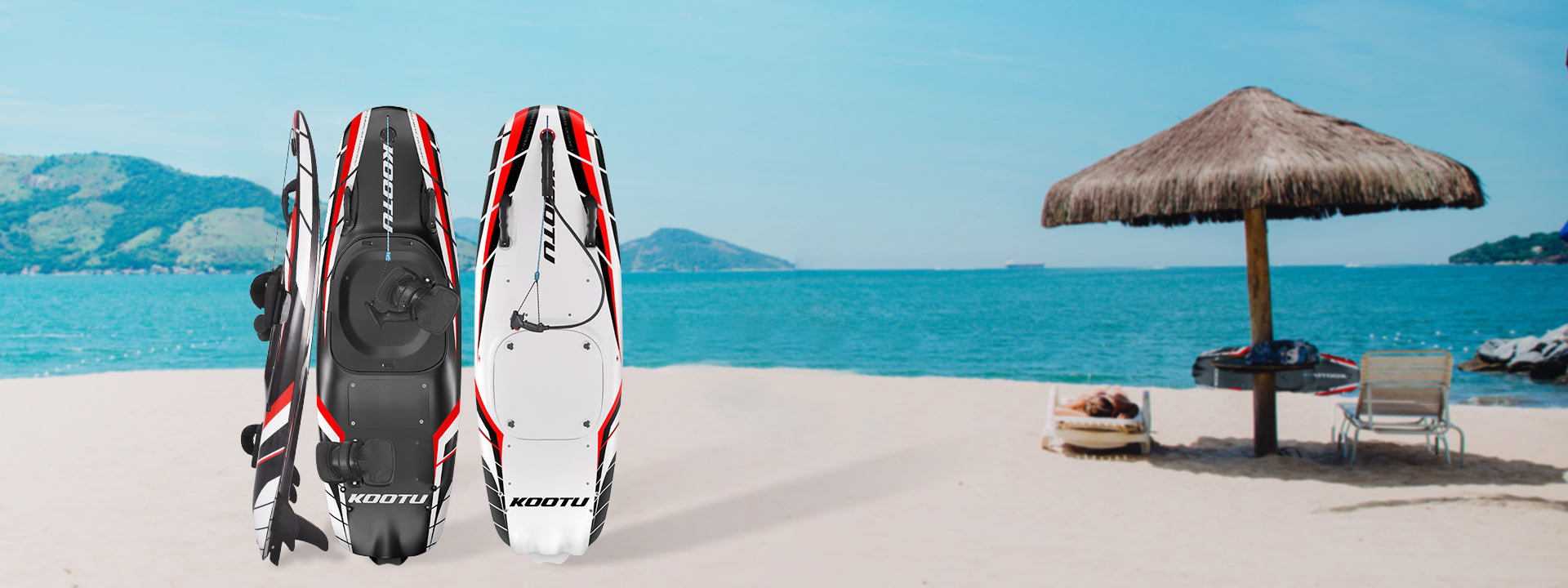Why is the width of a bike tire so important to cyclists?
When it comes to cycling, every component of the bike plays a crucial role in the overall riding experience. One of the most critical yet often overlooked components is the bike tire, particularly its width. The width of a bike tire can significantly affect performance, comfort, and safety. But why is tire width so important, and how does it impact your ride? Let’s dive in.

1. Comfort and Ride Quality
One of the primary reasons cyclists pay attention to tire width is for the comfort it offers. Wider tires tend to have more air volume, which allows them to be run at lower pressures. Lower tire pressure means the tire can absorb more road vibrations, providing a smoother ride, especially on rough terrains like gravel or cobblestone streets. If you're a long-distance cyclist or frequently ride on uneven surfaces, wider tires can greatly enhance your comfort.
2. Traction and Stability
Tire width directly impacts the amount of rubber that comes in contact with the ground, which in turn affects traction. Wider tires provide a larger contact patch, offering better grip and stability, especially in corners or on wet and loose surfaces. For mountain bikers or those who ride in varied weather conditions, wider tires can be a game-changer, providing the confidence needed to tackle challenging terrains.
3. Rolling Resistance
Rolling resistance refers to the effort required to keep the tire moving at a steady pace. It’s a common misconception that wider tires always have higher rolling resistance. In reality, wider tires can have lower rolling resistance when run at appropriate pressures, particularly on rough surfaces. The added air volume allows the tire to deform less under the weight of the rider, making it easier to maintain speed without exerting extra energy.

4. Aerodynamics
While wider tires offer comfort and stability, they can impact aerodynamics, particularly at high speeds. Narrower tires generally create less air resistance, making them a preferred choice for road cyclists focused on speed and efficiency. However, advances in tire and rim technology have minimized the aerodynamic penalty of wider tires, making them a viable option for many cyclists.
5. Weight Considerations
The weight of the tire is another factor influenced by its width. Wider tires are typically heavier due to the additional material. While the weight difference may be minimal for casual riders, it can be significant for competitive cyclists where every gram counts. However, the benefits in comfort and traction often outweigh the small increase in weight for many riders.
6. Versatility and Terrain Adaptability
Different terrains demand different tire widths. A road cyclist might prefer a narrower tire for speed, while a mountain biker would opt for a wider tire for better control on rough trails. Gravel bikers and bikepackers often choose tires that strike a balance between width and rolling resistance, allowing them to tackle both paved roads and off-road paths.
7. Puncture Resistance
Wider tires can be more resistant to punctures because they can absorb more impact without bottoming out. This is particularly useful for cyclists who ride on debris-filled roads or trails. Additionally, wider tires allow for the use of tire inserts or more robust tire casings, which can further enhance puncture resistance.

How to choose the right bike tire width?
Your riding style is one of the most important factors in choosing tire width. Different cycling disciplines require different tire characteristics:
Road Cycling: If you’re focused on speed and efficiency on smooth pavement, a narrower tire (23mm to 28mm) is typically preferred. Narrow tires offer lower rolling resistance on smooth surfaces and are more aerodynamic. KOOTU's road bikes have 25mm tires and are compatible with up to 28mm.
Gravel and Adventure Cycling: For mixed terrain, including gravel, dirt roads, and rough pavement, wider tires (35mm to 45mm) offer more comfort and control. They provide better grip and can be run at lower pressures to absorb bumps and vibrations. KOOTU gravel bikes have 40mm tires and are compatible with up to 45mm.
Mountain Biking: Off-road riding demands wider tires (2.1" to 2.4" or more), as they offer superior traction and stability on loose, rocky, and uneven trails. Wider tires also help with shock absorption, reducing the impact on rough terrain.

Conclusion: Finding the Right Tire Width for You
Choosing the right tire width depends on your cycling goals, the type of terrain you ride on, and personal preference. While narrower tires may be ideal for speed and aerodynamics, wider tires offer superior comfort, traction, and versatility. By understanding the impact of tire width, you can make an informed decision that enhances your cycling experience.













